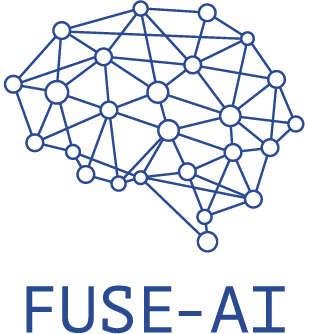Data Science as the Basis for AI Solutions
The higher the quality of the data, the more precise are AI results
FUSE-AI's new AI-assisted radiology software Prostate.Carcinoma.ai has the aim to simplify and accelerate the detection of suspicious regions in prostate MRI analysis. In addition, FUSE-AI's AI backbone is applicable to automatic image and data recognition in medicine, pharmaceuticals, and biotechnology.
The software is the successful result of an extensivedata science process that extracts and merges insights from complex data fromdifferent sources. After all, before the AI software can support a diagnosis,data must be collected, aligned, annotated and trained.
How to turn complex data sets into value-added knowledge?
Having high-quality data available in sufficient quantity is the crucial requirement to train the AI system. The AI models developed for Prostate.Carcinoma.ai exclusively train on patient data for which complete histological data are available, so that these can be matched with the MRI images. However, AI models can also be trained with lower quality data. These then need to be initially aligned by the data scientists.
Where does the data for Prostate.Carcinoma.ai source from?
In addition to publicly available data sets, which areusually not available in sufficient quantity or cannot be used for licensingreasons, the most important data sources are cooperations with practicingradiologists or hospitals. These data must be anonymous and not include apatient ID, for example. Providing such data is an additional workload forhospitals and practices.
Therefore, FUSE-AI relies on research cooperationsthat are contractually specified and beneficial for both sides. An example ofthis is the collaboration with the Kantonsspital Aarau (Switzerland) and theUniversity Hospital of Jena, which provides quality-assured MRI contrast imagesof the prostate.
The application of the diagnostic assistance software in medicine, pharmacy and biotechnology
After successful certification and market launch,FUSE-AI plans to apply the complexly developed software architecture in othermedical fields as well. "The entire process from data reading to automatedevaluation is established at FUSE-AI and can be applied to any form of imagedata," said Machine Learning Engineer Fabian Hielscher.
In the future, it will also be possible to visualizetumors in other organs or analyse images from other sources such as pathologyor microscopy. Matthias Steffen, CEO of FUSE-AI confirms, "We call thebasis of our Artificial Intelligence the AI backbone, which can be used forautomatic image and data recognition in medicine, pharmacy andbiotechnology."

